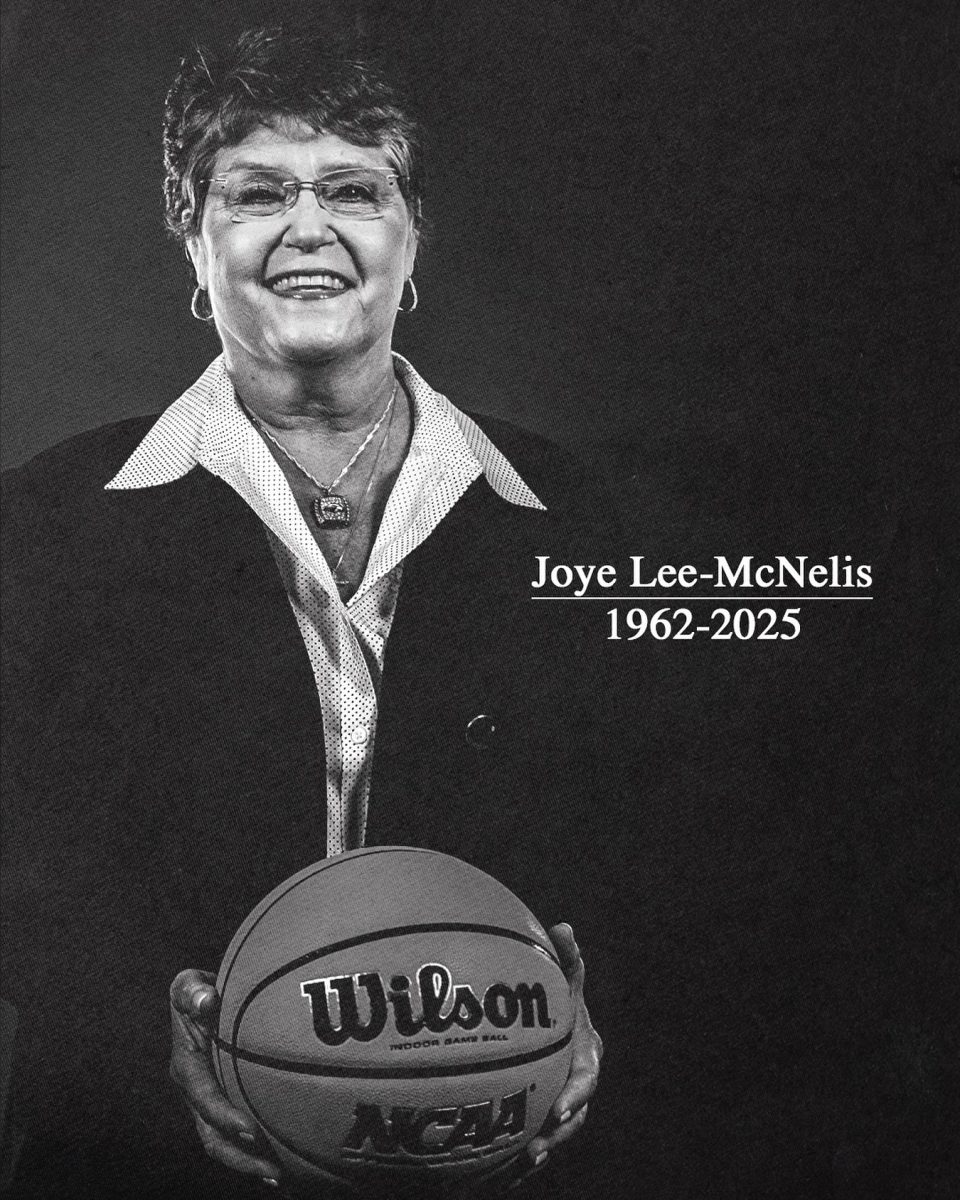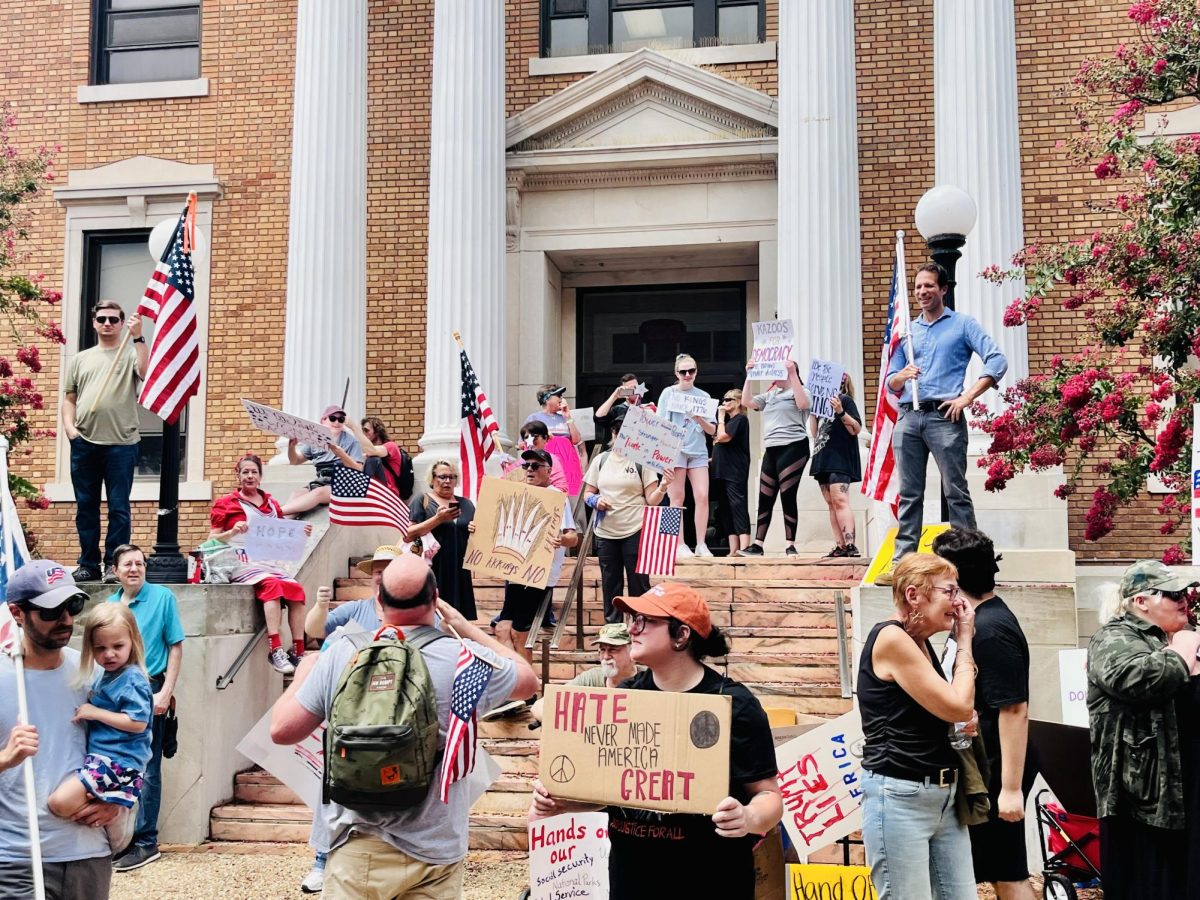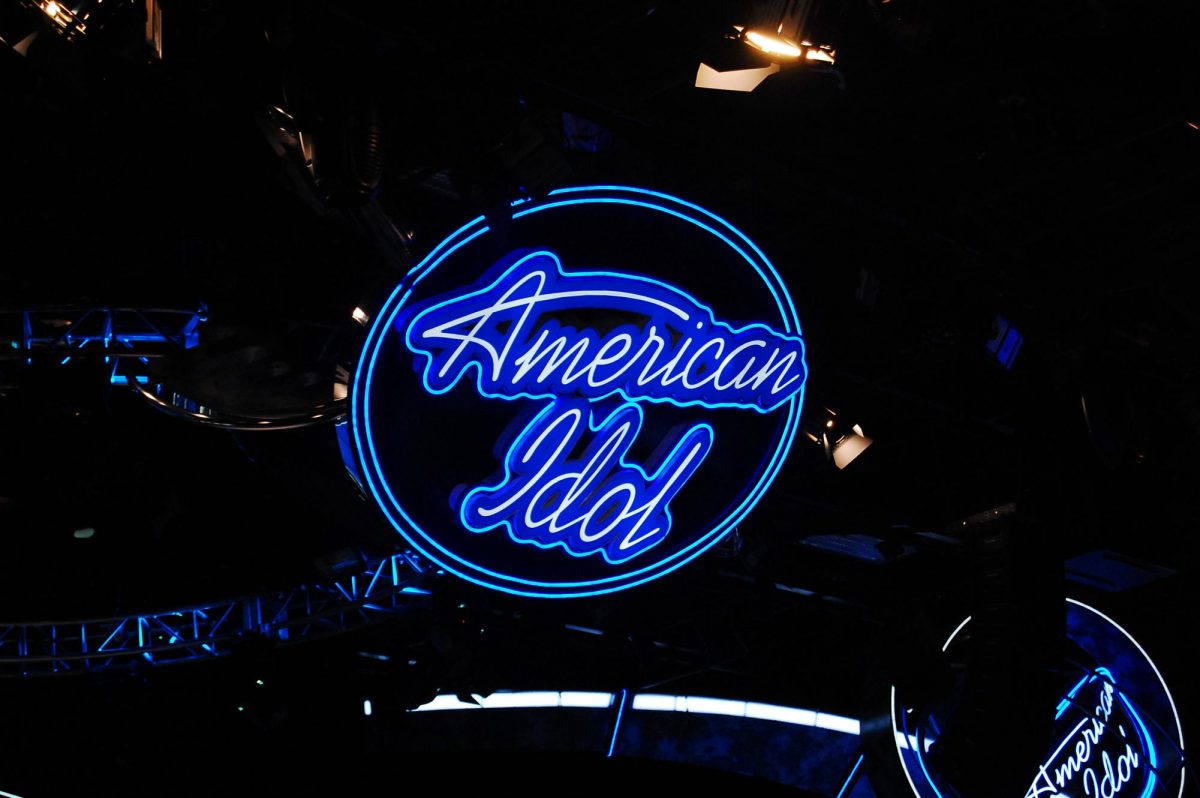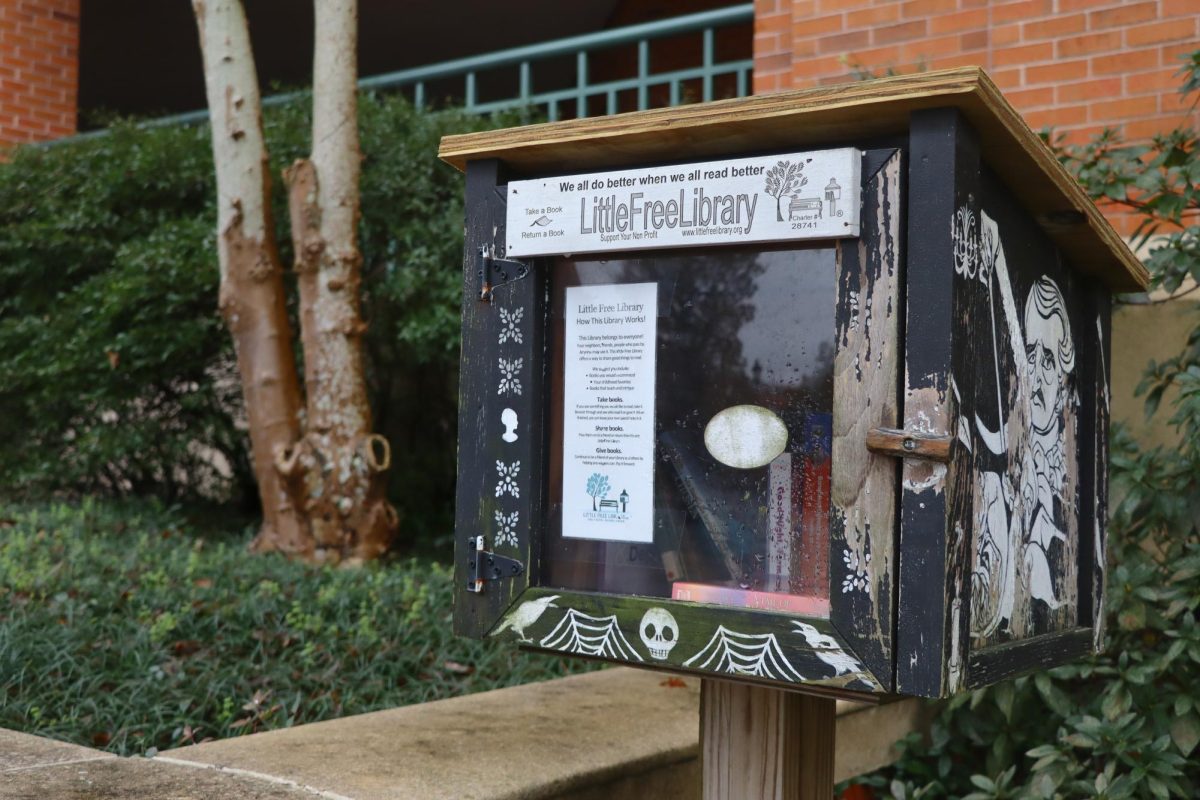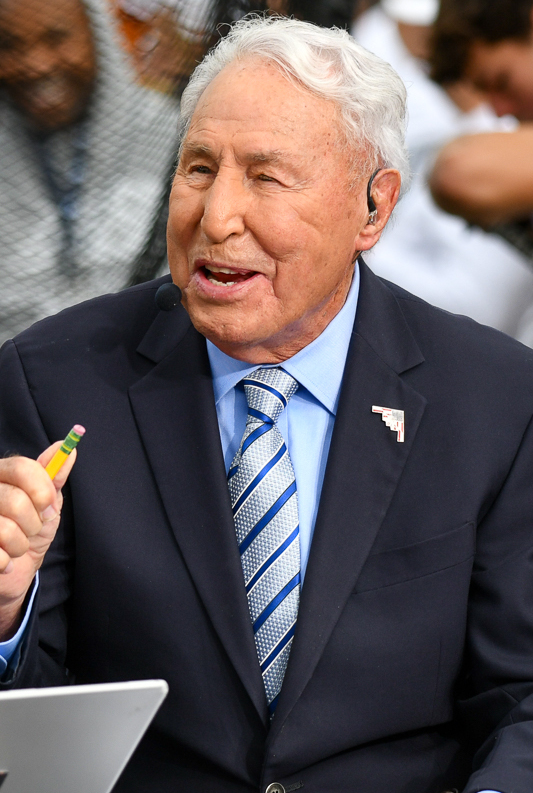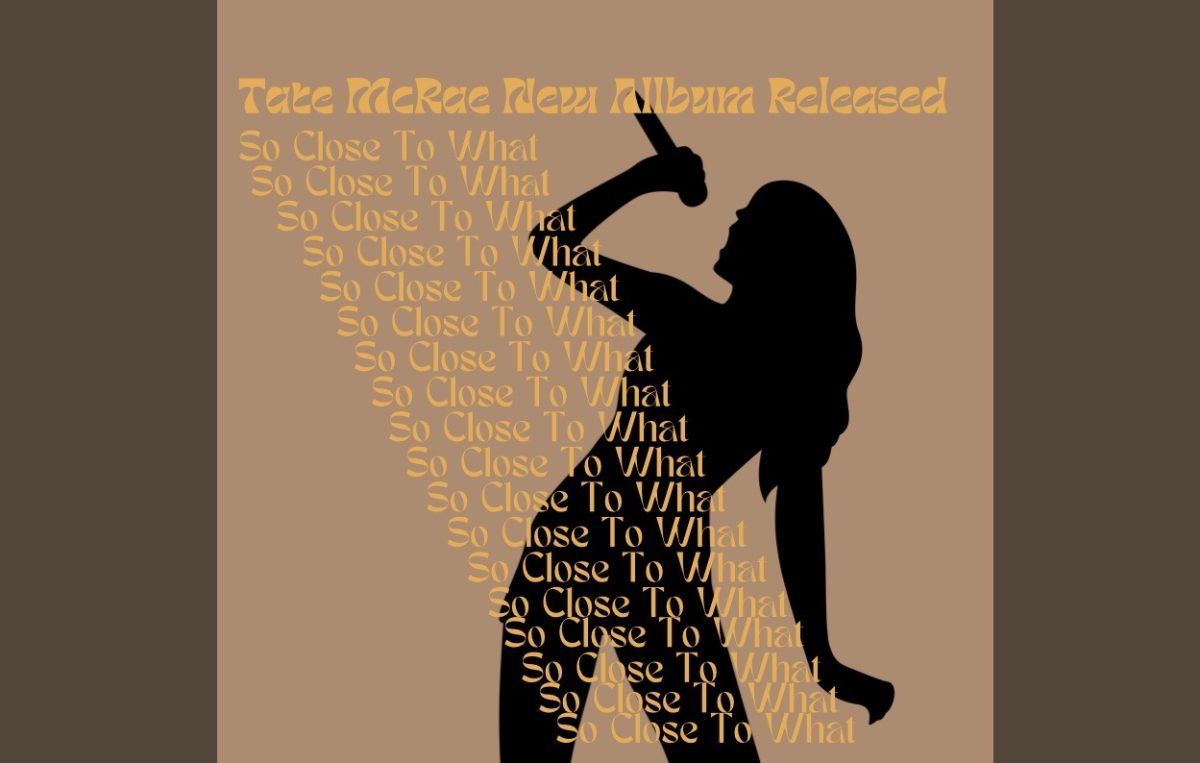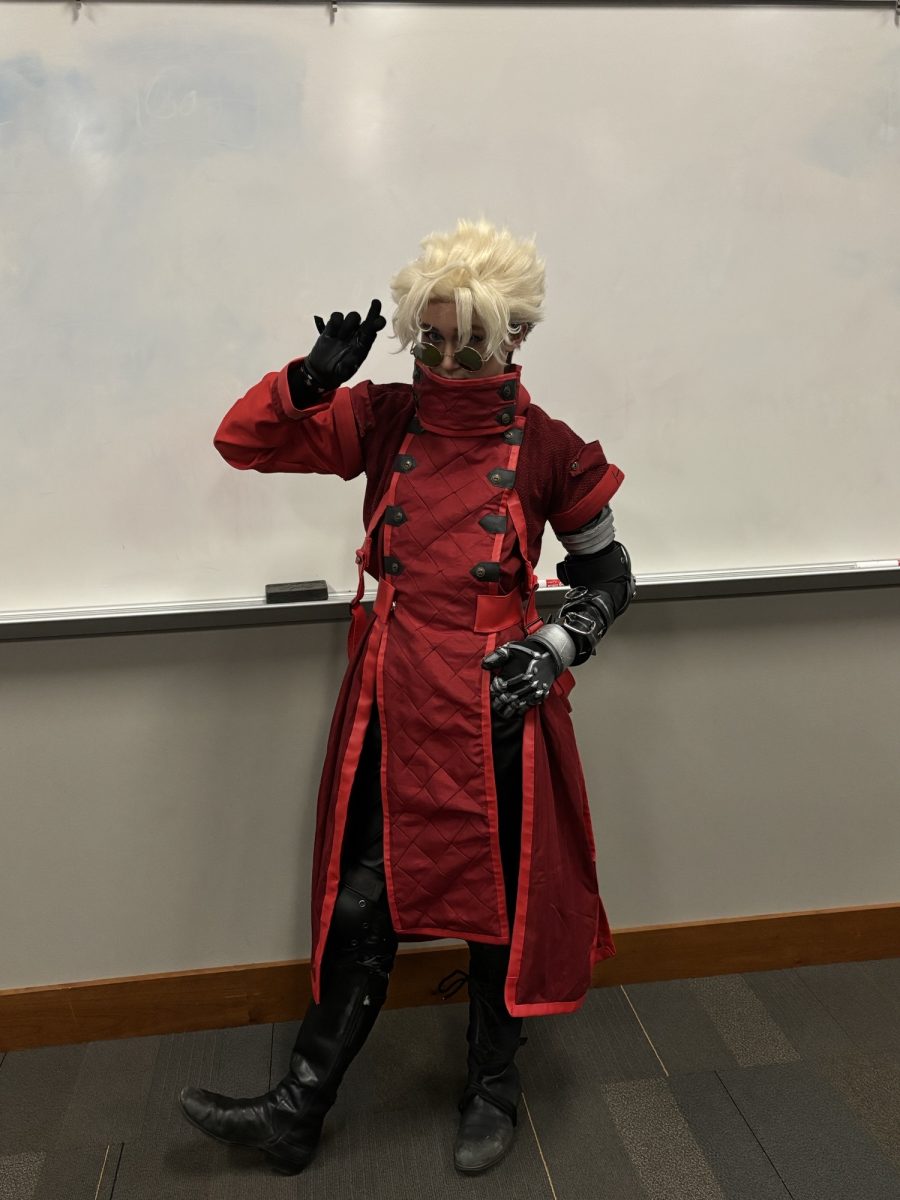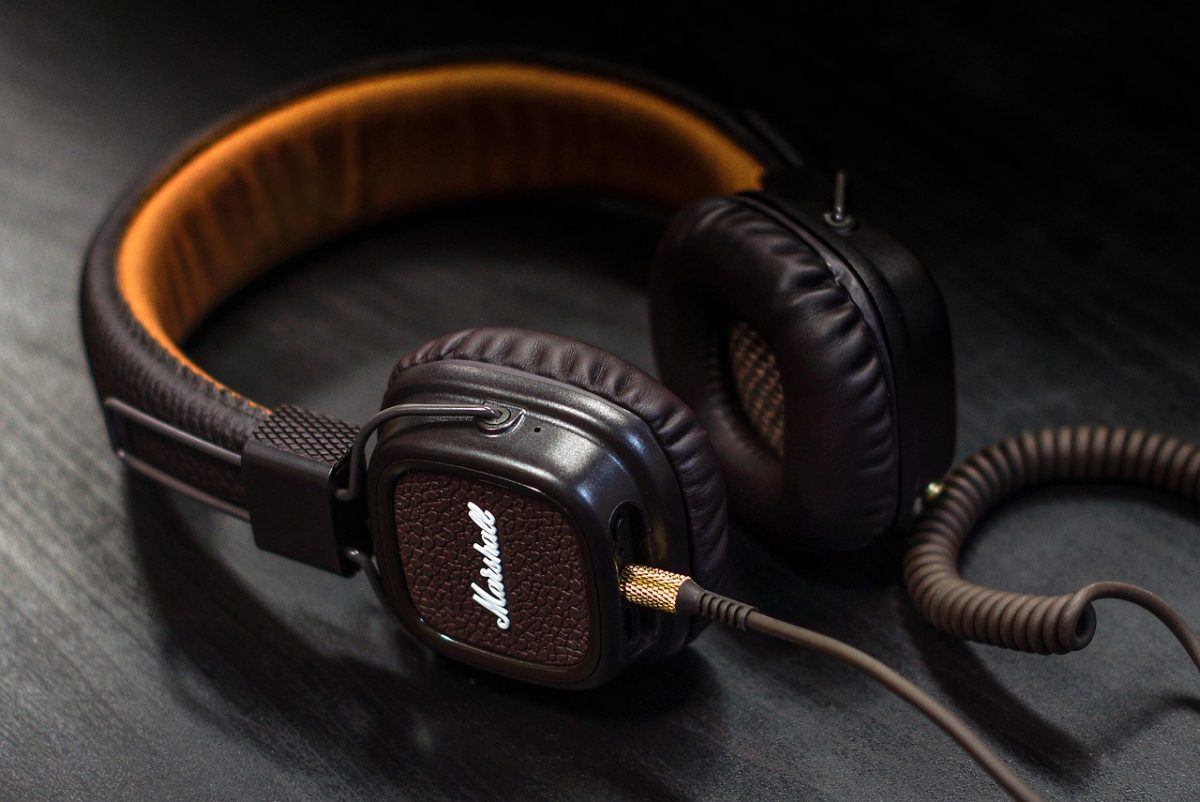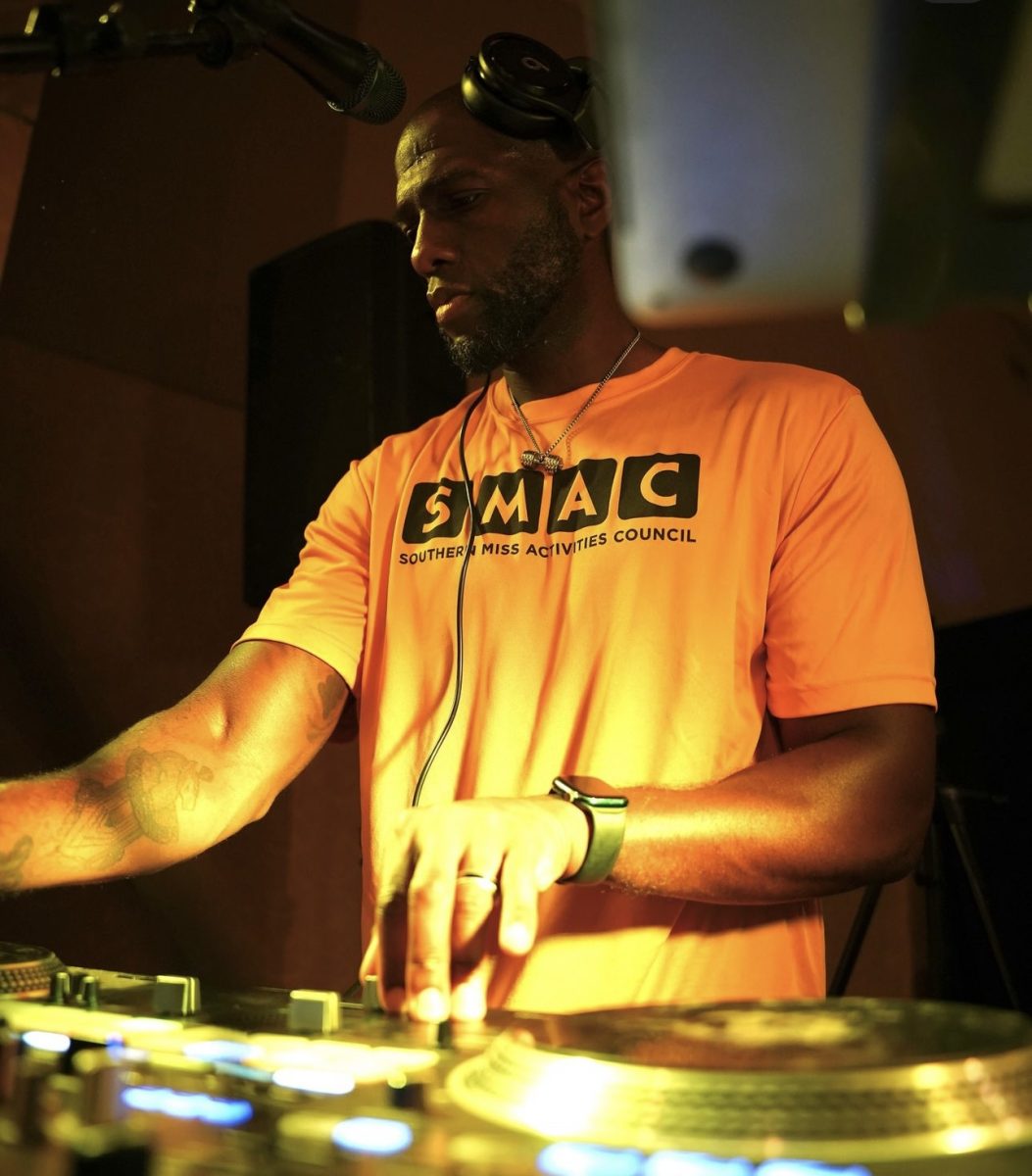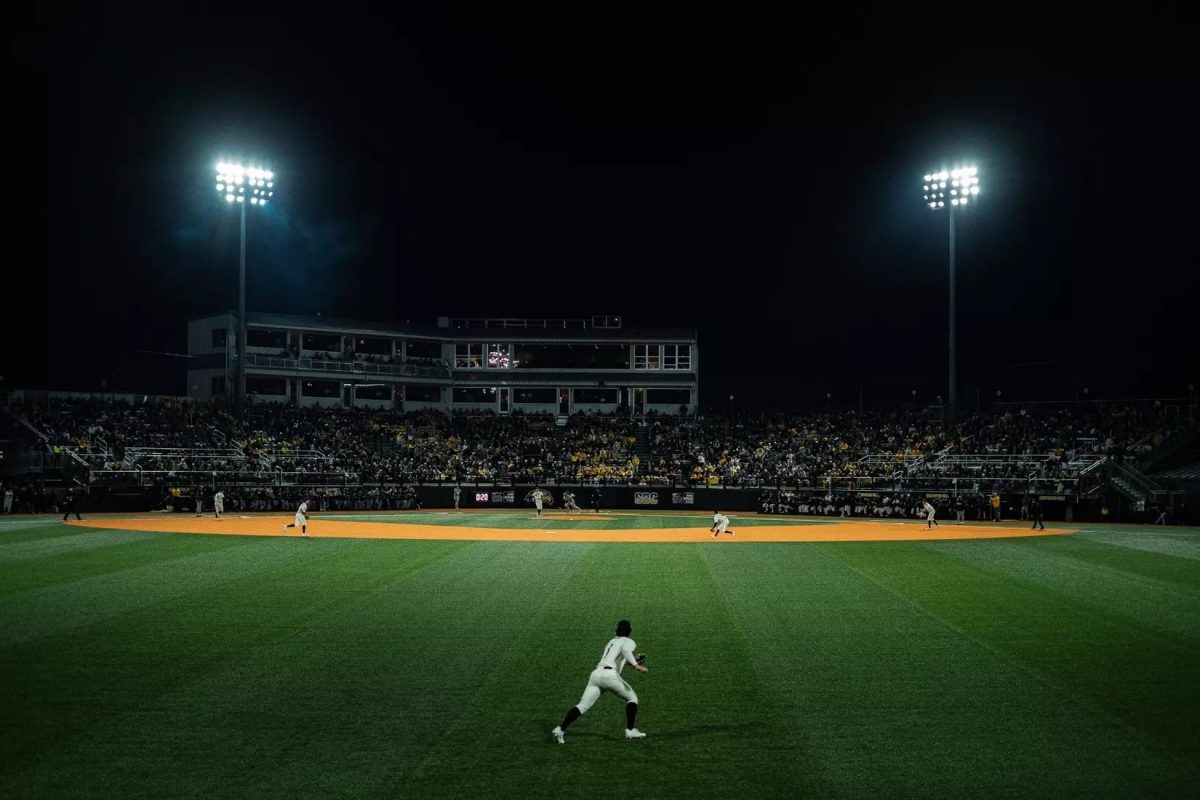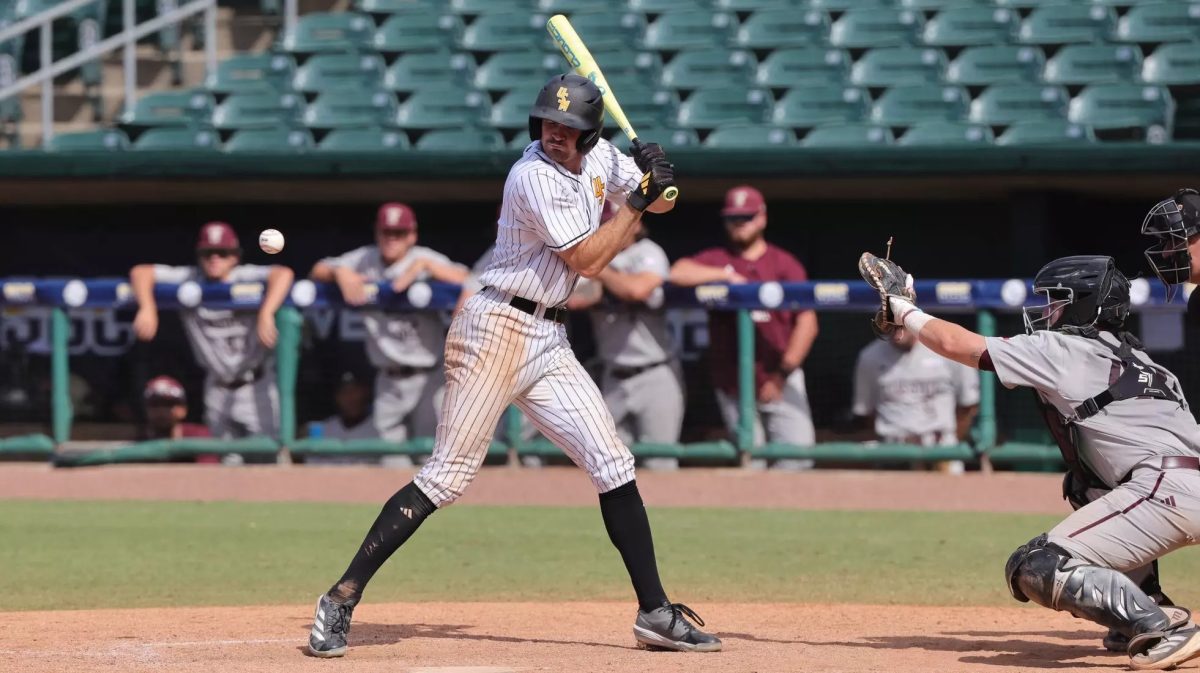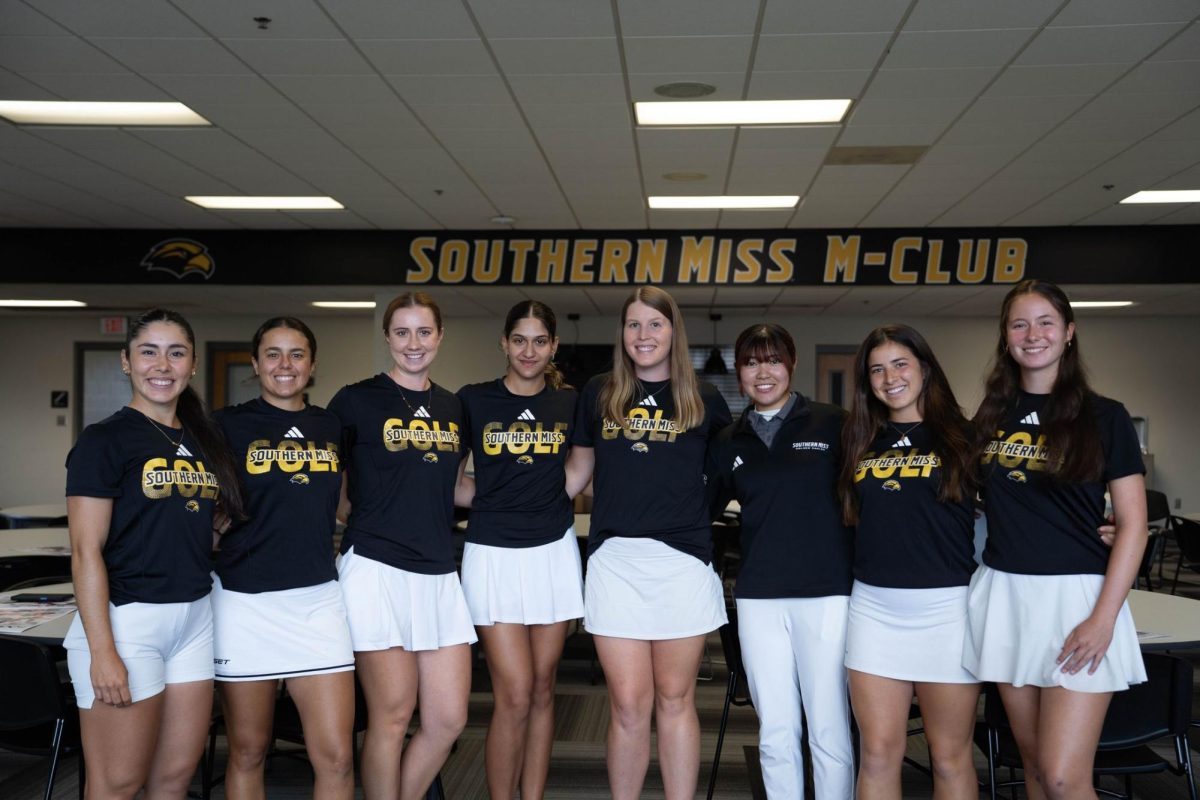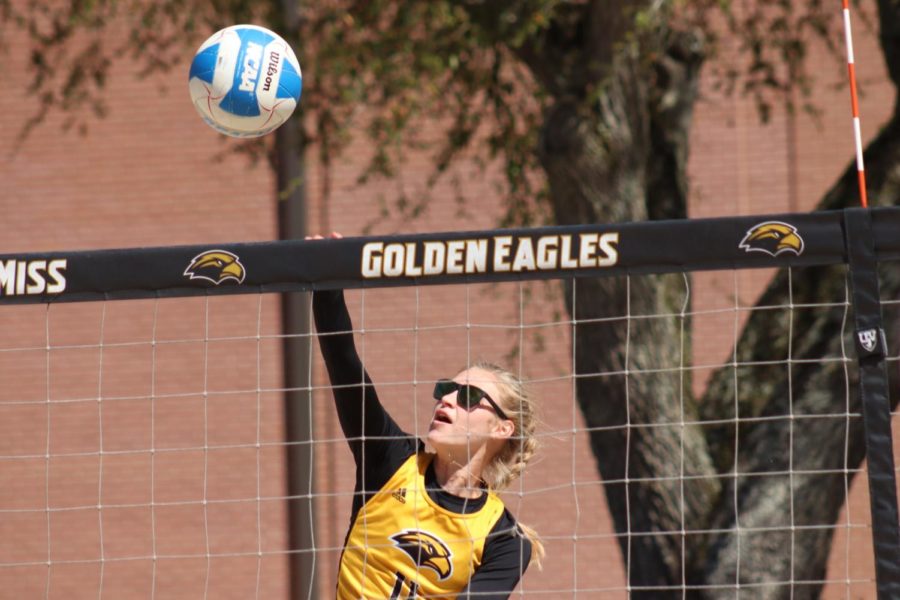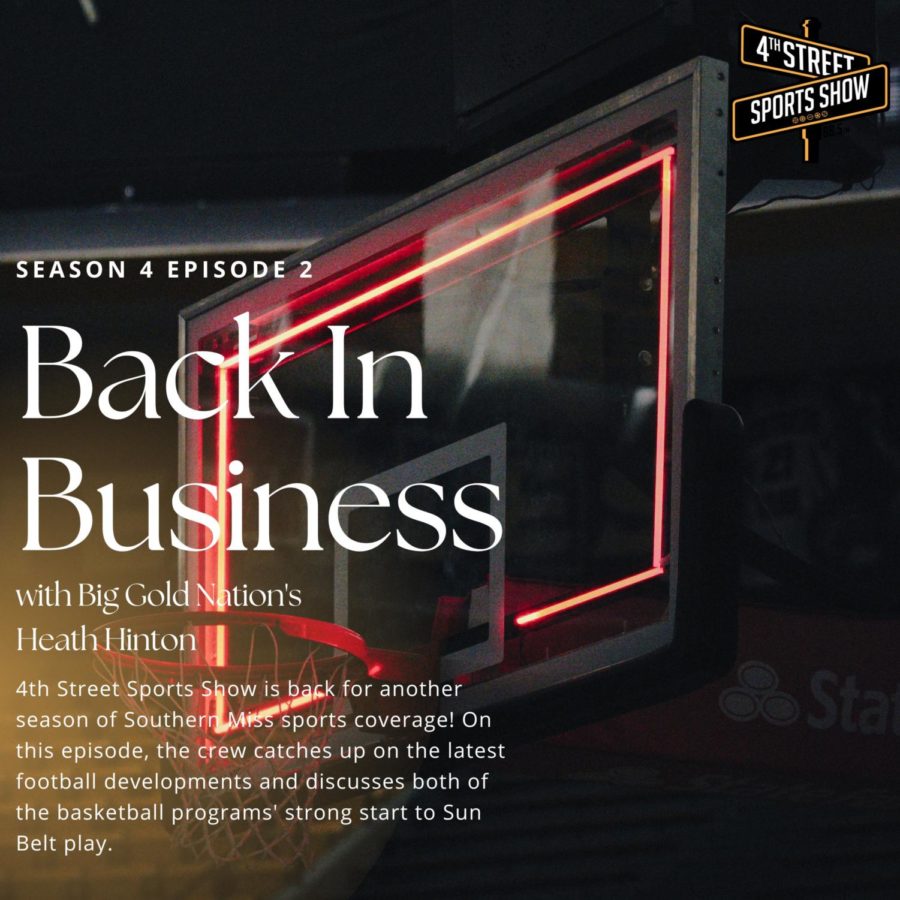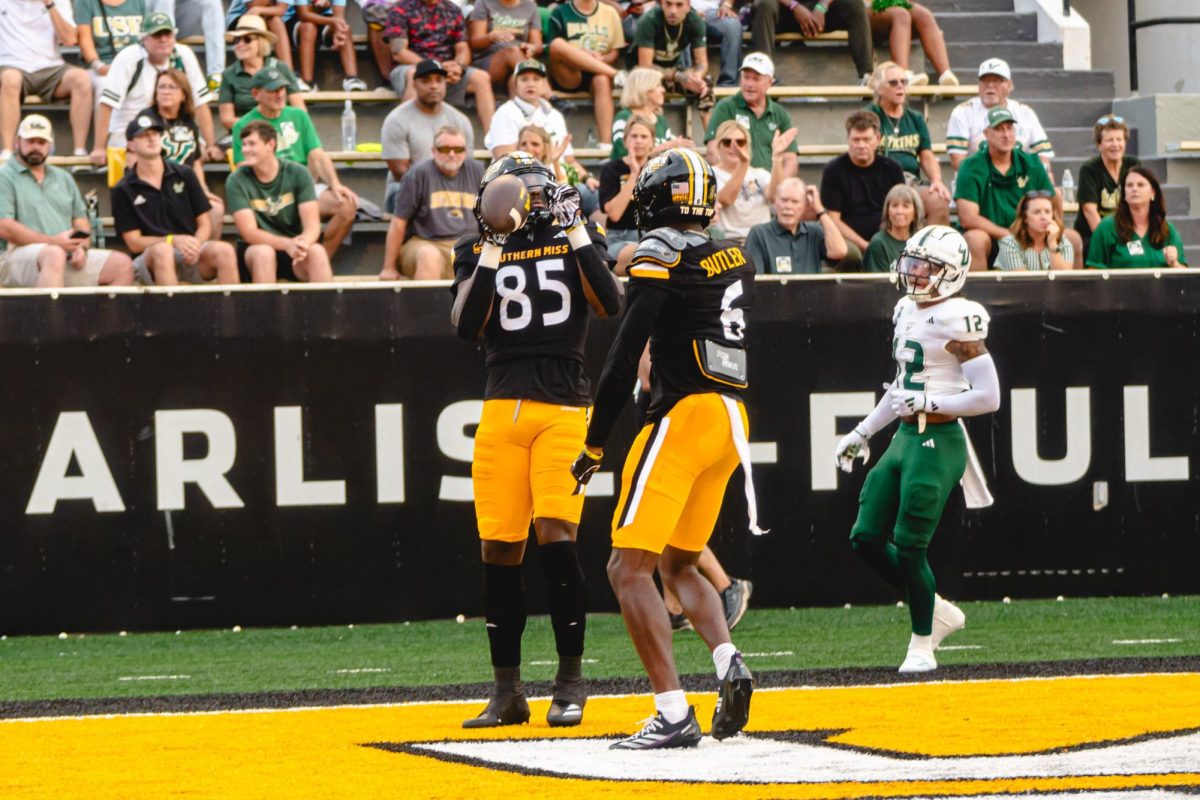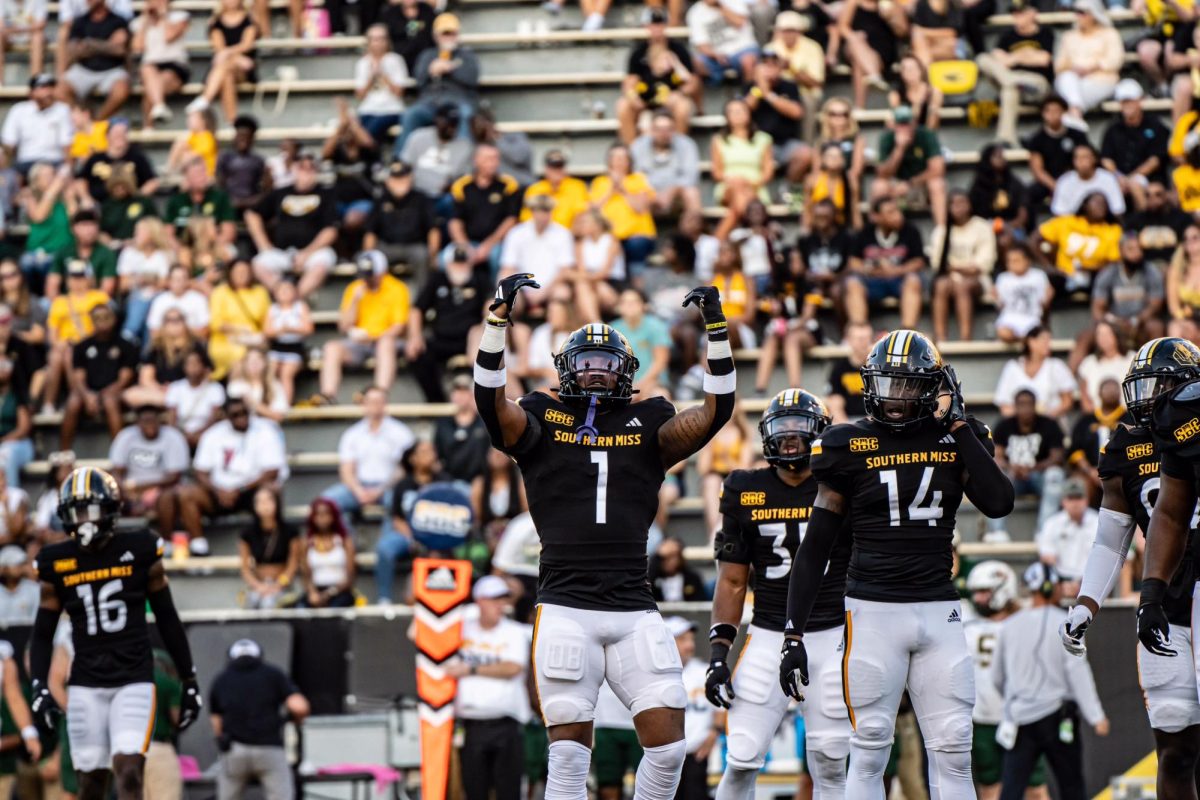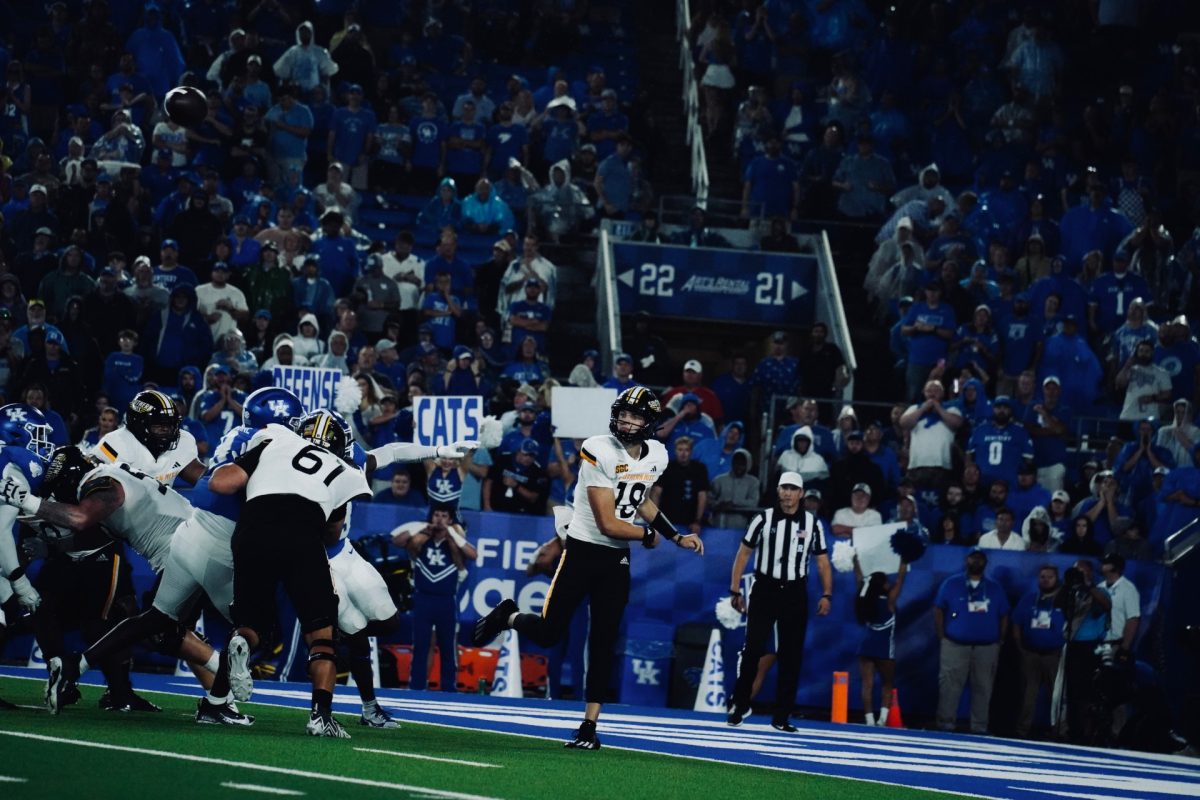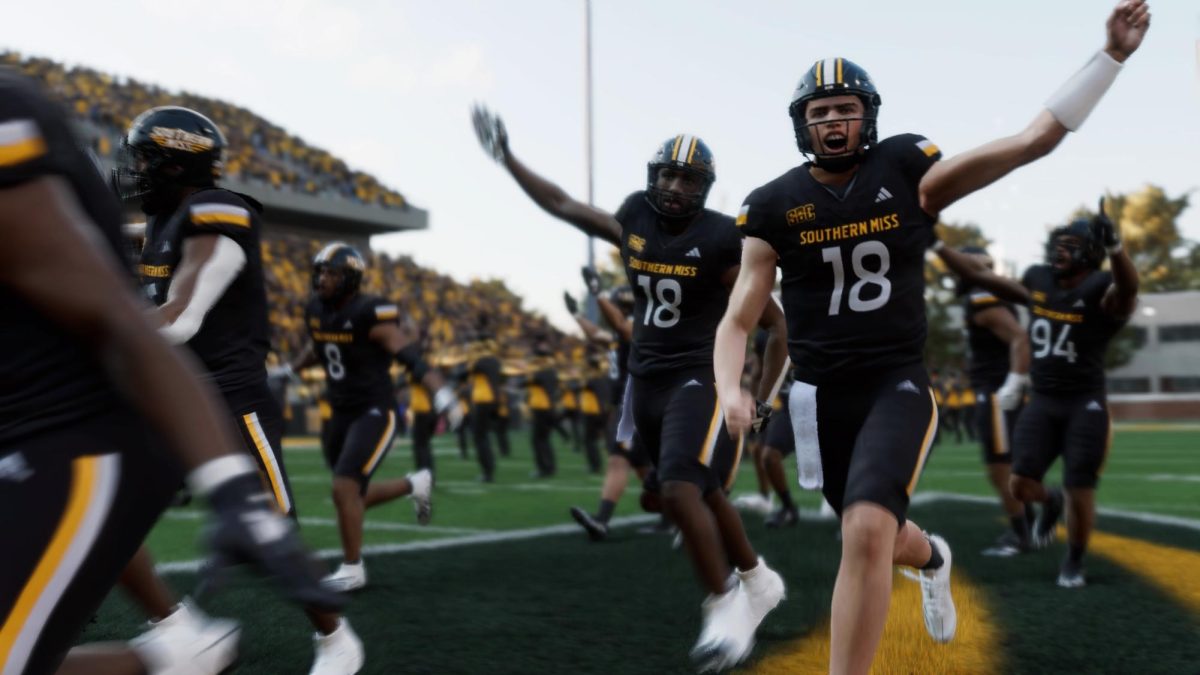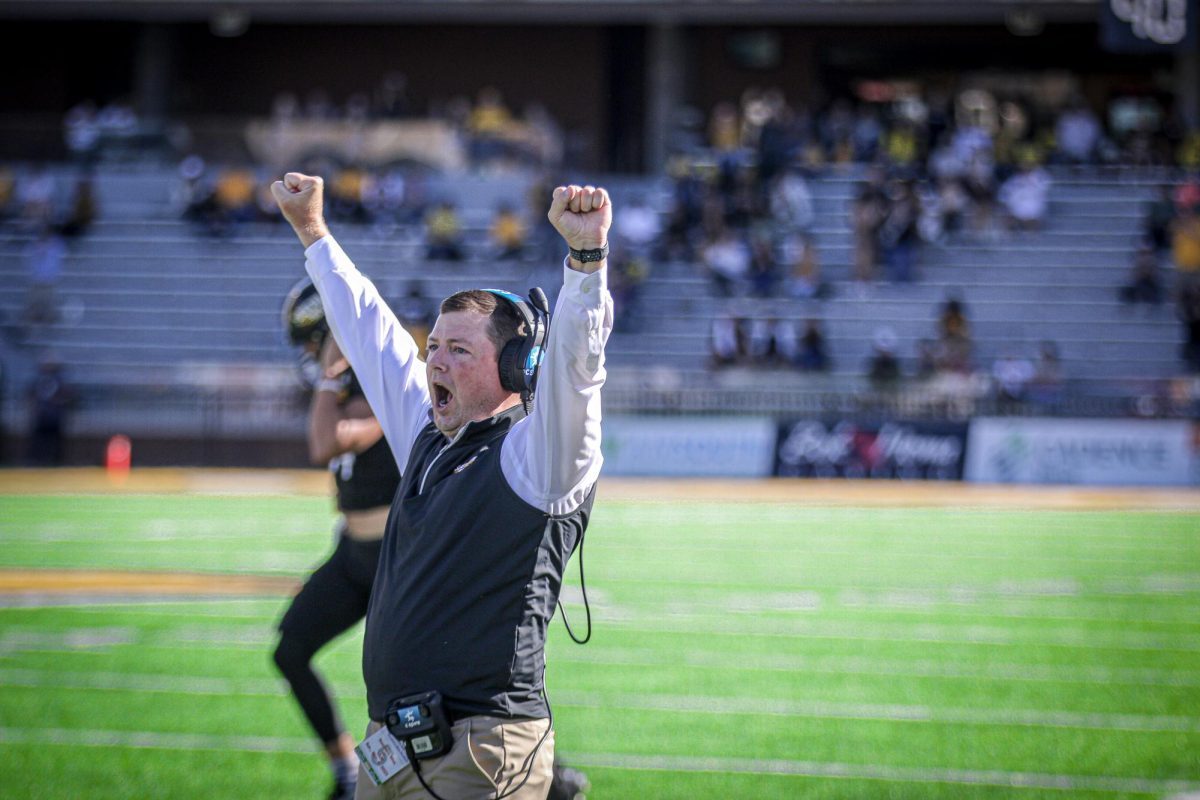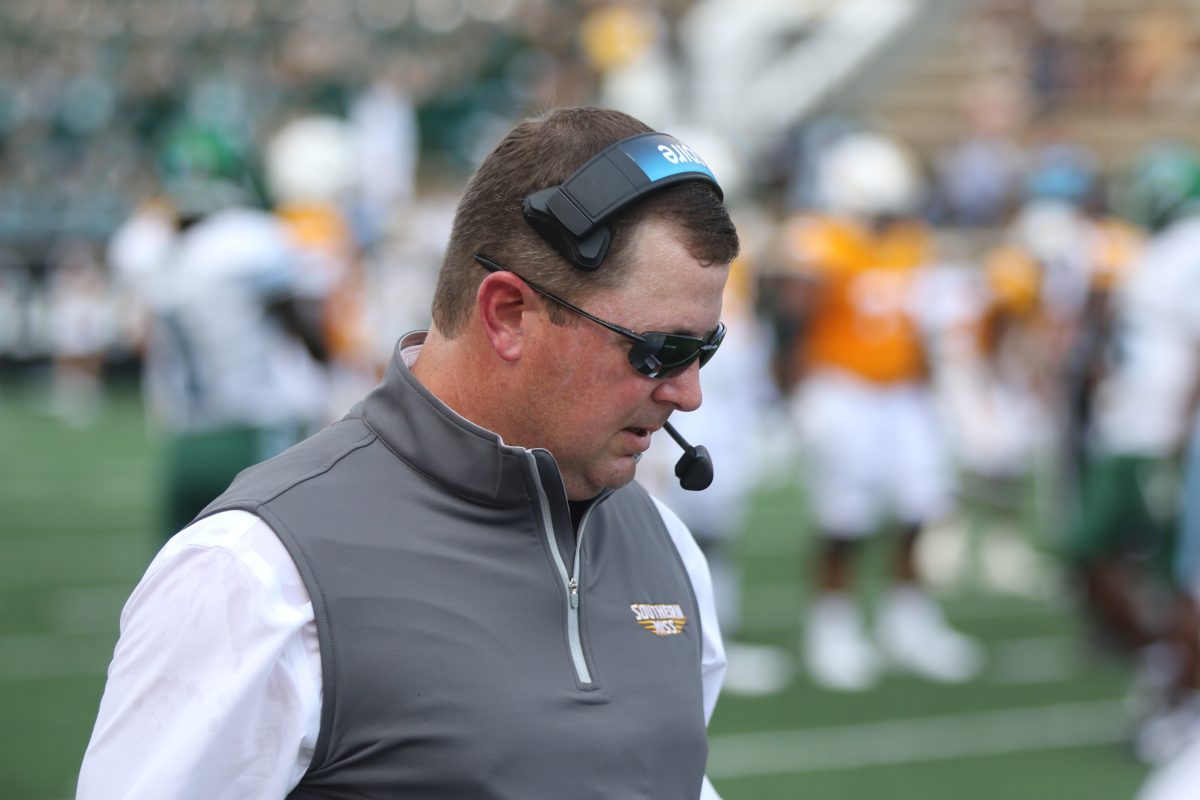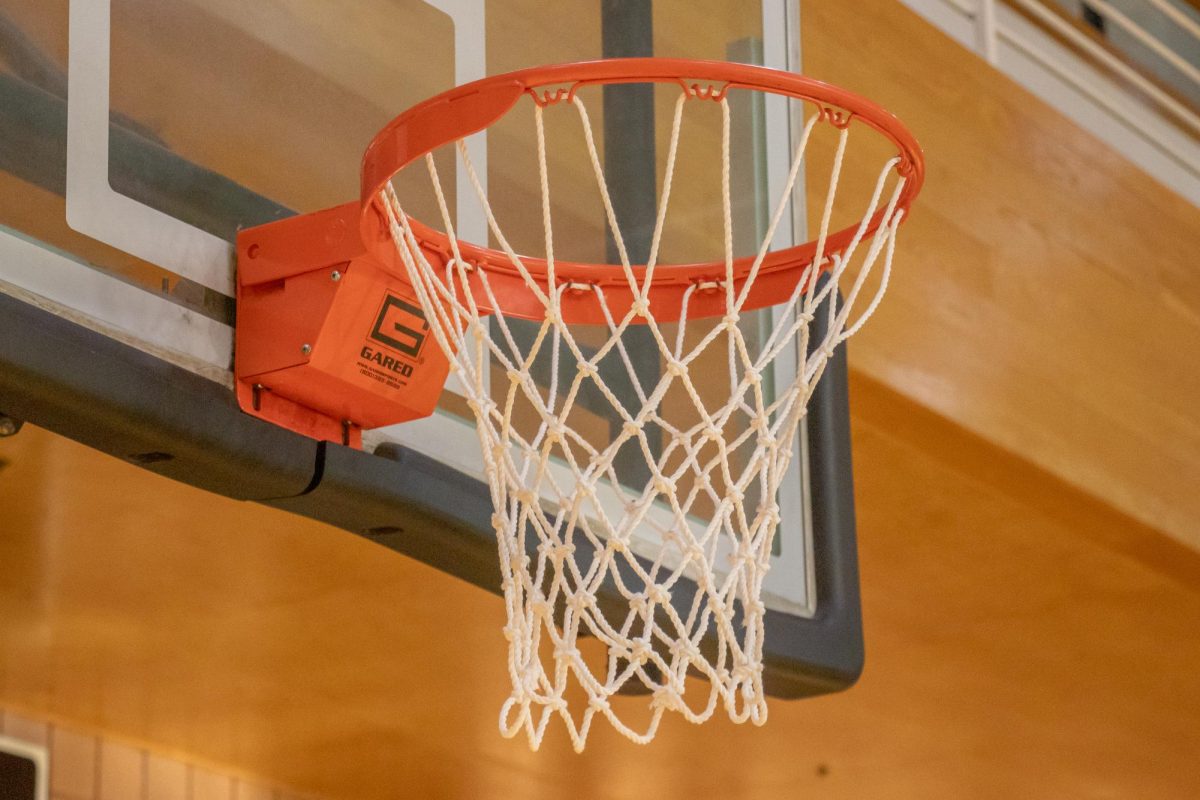College football is an unprecedented position; its popularity is rivaled by no other sport, but it has been at the center of damaging scrutiny for years.
At this point, none of the negative occurrences that have found their way to the spotlight have ruined college football, but they are getting closer and closer.
The main issue with college football is that everyone involved is profiting from the product on the field except the players. That’s the argument being tossed around by analysts, but it’s not entirely true.
The most recent occurrence is the case of Johnny Manziel or Johnny Football as most college football fans know him. Manziel was accused of accepting a large sum of cash in exchange for providing autographs to a sports memorabilia broker. He was seen flashing loads of cash at a casino, sitting courtside at Miami Heat games and being late to the Manning passing camp after a night out drinking.
Is it necessarily wrong for Manziel to be paid for his own name, brand and persona? According to the NCAA, it is. Manziel was suspended for only one half against Rice Saturday after there was not enough proof to say he received any money for his autographs. The NCAA said that he should have known not to sign a large amount of items because they would inevitably be sold for profit.
The majority of the players on the field on Saturdays are receiving a college education for their services that they would not get otherwise. What these college players do not realize is that a college degree is enough payment for their services on the gridiron.
Only 1.7 percent of college football players make it in the NFL. That is an extreme minority. The other 98.3 percent needs to realize the reality of the game and be grateful that they are being given the opportunity to earn a degree and succeed in their lives after football.
The majority of regular college students are forced to drown themselves with student loans while football players on scholarships have their college paid for in full. Granted, these players don’t have time to work part-time jobs to earn spending money, but the opportunity to receive a degree without having to pay a dime toward their education is well worth their services on the field.
Then, there is the case of Ed O’Bannon vs. EA Sports. For years, EA Sports has made tons of money off the NCAA Football series. The games have been based off all the Football Bowl Subdivision schools and all their student athletes that play football. While the players’ names are not in the games, their “likeness” is.
Every player in the game is a representation of the actual players that strap up on Saturdays. They are always close to the same height and weight, wear the same numbers, visors, arm bands and their player ratings represent the players’ actual abilities and playing styles. But not a single one of those players are asked if their likeness can be used or are compensated for the games.
Yet the players used in the games cannot wait to buy them because they finally get to play as themselves. The only reason this is an issue is because one person wanted to make some quick cash and a name for himself.
There are a few different scenarios that could play out as a result. Future lawsuits by former players could spell death for the successful video game. Players could ultimately be compensated on some sort of level whether it be after they graduate or while they are in school. The latter is highly unlikely. EA Sports could continue to make the game and hope they don’t get sued for everything, which is the most likely case. The last scenario could involve EA Sports using fake players in place of players’ likenesses which would make consumers quit buying the game.
Another scandal that has put a black eye on college football was the Ohio State tattoo scandal that cost the Buckeyes a chance at a BCS Championship in 2012. They went 12-0, but were ineligible for the postseason as part of the penalty handed down by the NCAA.
They were ineligible because Buckeyes’ players sold their memorabilia, received free tattoos, cash, cars, meals, etc. They were found guilty of nearly everything they were accused of and former head coach Jim Tressel took the fall because he didn’t come forward with the information after he was notified about it.
As a result, OSU received a one-year bowl ban and countless players were suspended. Had they not received a bowl ban, Ohio State would have been in the title game and would have saved us from all having to sit through Alabama dismantling Notre Dame.
All these scandals are damaging to the game on and off the field but the NCAA has yet to find a way to fix the culture of college football.

